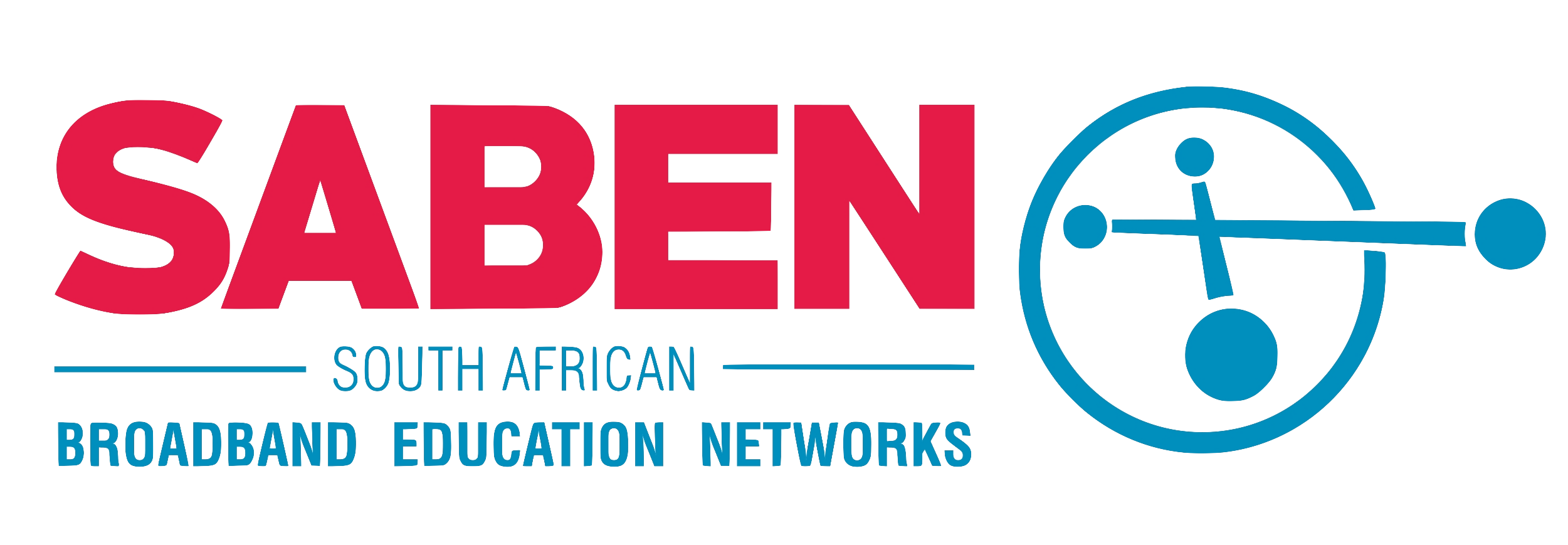Unleashing Educational Excellence Through Digital Transformation
April 8, 2024
Unleashing Educational Excellence Through Digital Transformation

In an era defined by rapid technological advancements and unprecedented connectivity, the realm of education is undergoing a profound transformation. Digital technologies have revolutionized the way we learn, teach, and interact, presenting unparalleled opportunities to unlock educational excellence and empower learners of all ages. This blog explores the significance of digital transformation in education, highlighting how leveraging technology can enrich learning experiences, expand access to quality education, and pave the way for a brighter future.
The Power of Digital Transformation in Education

Digital transformation in education transcends the mere integration of technology into classrooms; it encompasses a fundamental shift in pedagogy, curriculum design, and educational delivery methods. By
harnessing the power of digital tools and platforms, educators can create dynamic learning environments that cater to diverse learning styles, foster collaboration, and inspire creativity.
1. Personalized Learning:
Digital technologies enable personalized learning experiences tailored to individual student needs and preferences. Adaptive learning algorithms, interactive simulations, and personalized feedback mechanisms empower students to learn at their own pace, delve deeper into areas of interest, and overcome learning barriers more effectively.
2. Accessible Education:
Digital transformation has the potential to bridge the gap between learners and educational resources, regardless of geographical location or socio-economic background. Online courses, open educational resources (OER), and digital libraries democratize access to quality education, offering opportunities for lifelong learning and skill development to learners worldwide.
3. Enhancing Engagement:
Interactive multimedia content, gamified learning platforms, and virtual reality simulations captivate students’ attention and foster active engagement in the learning process. By incorporating digital elements into lessons, educators can ignite curiosity, stimulate critical thinking, and make learning more enjoyable and meaningful for students.
4. Empowering Educators:
and performance.
Key Strategies for Successful Digital Transformation


